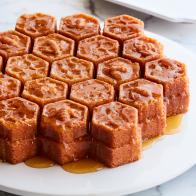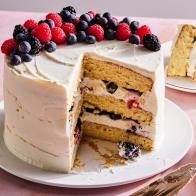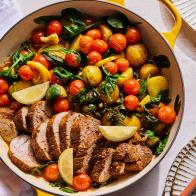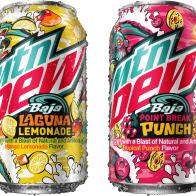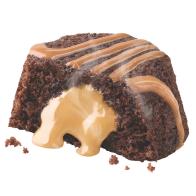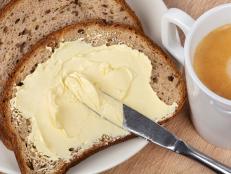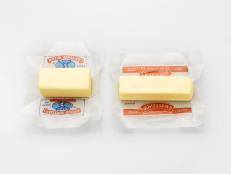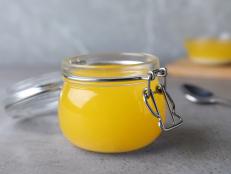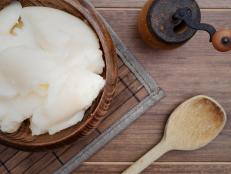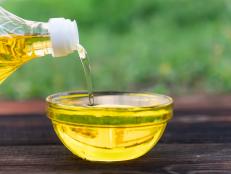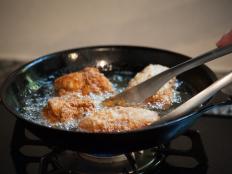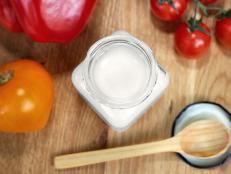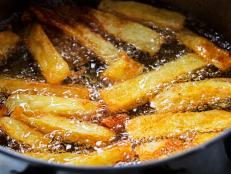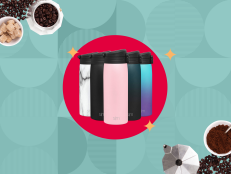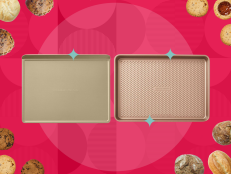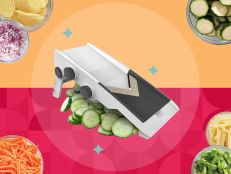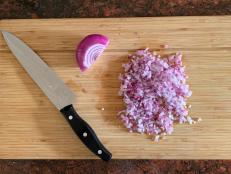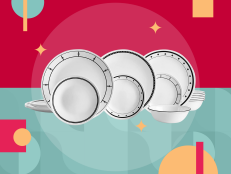Butter Basics

There’s so much butter in the butter aisle. Next to the many brands of salted and unsalted sticks sit local butters in cute tubs, grass-fed butters in logs and blocks, cultured (sometimes called European-style) butters in foil-wrapped bricks, and even goat and olive oil “butters.” What’s the difference? What should you do with each one? There’s no better time to find out than now.
Like all foods with a wide range of costs, price will give you some (but not a complete) indication of how to eat it: Use less expensive butters for common dishes, and more expensive for dishes where the butter is a star.
Regular butters, aka stick butters, are our go-to for basic cooking — sauteing onions, whisking into sauces, making mac and cheese and basic baking. With stick butter, it’s generally better to go with unsalted so you can add your own salt to the dish as you see fit.
Organic butter is made with certified organic milk according to organic standards. These standards specify feed, living conditions and use of medicines and growth agents on dairy cows who make the milk. Organic isn’t necessarily an indicator of flavor.
Cultured butters are made by allowing the cream to ferment slightly before it’s churned into butter; this gets you a tangier, more pronounced cheesy flavor, as well as a slightly higher butterfat content (86 percent versus 80 to 83 percent in noncultured butter) that lends itself very well to pastry production. The more butterfat in butter, the less water, so the crisper and flakier the dough becomes. The density and lack of moisture makes them work well in pie dough, pastry, cookies, cakes and frostings.
Grass-fed butters and local butters can be more nuanced and more flavorful than stick butter, as a grass-fed or pastured (that is, varied) diet for cows ends up affecting the flavor of the milk. These are our favorite butters when flavor counts: compound butter, whisking into butter caramel, brown butter sauce for pasta or fish. Cooking fresh local peas, asparagus. Drawn for lobsters.
Eating butters (not their technical term, but that’s how we think of them) can be any combination of the above: cultured or noncultured, grass-fed or not, local or not (there are some regions of France that are famous for their butter, and they make incredibly delicious butters according to exacting local specifications). But these butters are the ones that are so tasty that it’d be a shame to do anything with them besides eat them (on a slice of bread, on a baked potato, on a spoon if no one’s looking). With these, salted is totally fine — some of these have larger salt crystals that crunch in your mouth, some have a fine dusting of sea salt on top, and some don’t have any salt at all.
Use this butter temperature guide for specific applications:
Frozen (or extra-cold) and grated for delicate, flaky pie doughs
Fridge-temp for sliding under chicken breast skin, and making buttercream
Room-temp to make compound butters, slathering on toast
Melted for making garlic bread, brushing on biscuits, drizzling on corn
Browned for glazing carrots, tossing on spatzle
